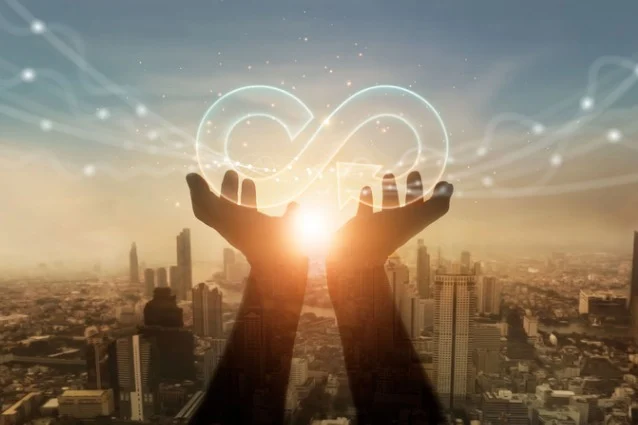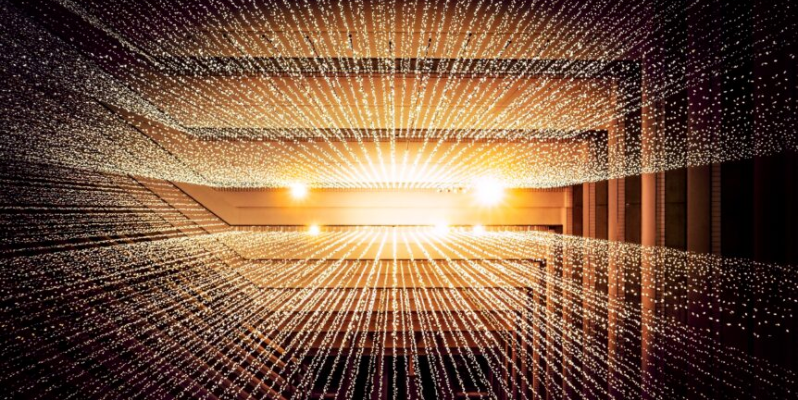
Is your business becoming more aware of its e-waste contributions? Are you looking to reduce it in alignment with your ESG (Environmental, Social, and Governance) and CSR (Corporate Social Responsibility) objectives?
The advances in technology mean it’s now quicker to share information online than it used to be for the old dial-up to connect. ‘Viral’ was a dreaded word reserved for health conditions but now applies to the mass consumption of a piece of content.
The pressure is on because exposure of your data and environmental impact might be taken out of your hands. Businesses need to ensure their ethical laundry is clean before it’s aired in public, damaging your brand and reputation.
Ingram Micro Lifecycle supports thousands of businesses across the globe to enable a circular economy for their IT, mobility, and electronic equipment. This switch provides evidence for sustainability objectives, including carbon emission savings, e-waste reduction, and downstream infrastructure flows.
Below, we discuss why the current linear economy isn’t sustainable and how becoming more circular with your technology supports your sustainability goals.
What’s wrong with the current linear economy?
A linear economy follows the take-make-waste mantra. Natural resources are mined from the earth, used, and then discarded.
The UN estimates that around 7% of gold mined from the earth is lying within e-waste, and that one tonne of e-waste contains 100 times more gold than one tonne of gold ore. Precious metals are ten times more abundant in printed circuit boards than in natural ores. Some technology uses up to 60 different periodic elements.
Not only is the end-of-life of products putting a strain on the environment, but the creation does too. The linear economy puts huge pressure on manufacturing and resources for swift production.
Consumer demand increases manufacturing. This in turn emits more CO2 and other greenhouse gases as a by-product. If we reduced the frequency of buying new products, manufacturing would also decrease. Materials intended for manufacturing could instead be used for creating more sustainable goods or technologies.
For example, some of the materials used within smartphones are also used in renewable energy equipment. Fewer new smartphones = more renewable energy equipment.
These materials, if the victim of a linear economy, go straight to landfills and are lost.
Introducing the circular economy
Have you seen the reusable cups sold in popular coffee shop chains? These are often incentivized with a discount when you present one when you order. This is an example of a circular economy.
The single-use cup the shop would have used previously as standard has a linear lifecycle. This means it would become waste after its short lifecycle. The heavy-duty version has a circular lifecycle, as you’ll take it back the next time you visit the chain and reuse it.
You’ll take full advantage of that discount and know you’re reducing landfill at the same time. Cue a warm, fuzzy feeling.
A circular economy takes a commodity that would become waste after one use, and prolongs its lifecycle, retaining value and use for longer. It postpones the refresh point when a replacement is needed. A circular economy promotes reuse and recycling, extending the life cycle of those materials and reducing the pressure to obtain more from natural sources.
Meeting sustainability objectives
We’re all becoming more conscious of how our behavior affects the world around us. As our awareness and education increase, so too does the call to step up and do more to eradicate harmful practices. Sustainability is becoming expected, a necessity, rather than a luxury.
As a result, we’ve seen the rise of the term ‘greenwashing’. This is where businesses provide misleading information to inflate their sustainability commitments.
Your sustainability targets are data-driven and measurable. It’s red numbers and green numbers, hitting targets or failing. It removes the grey areas that you could hide in and holds you accountable.









